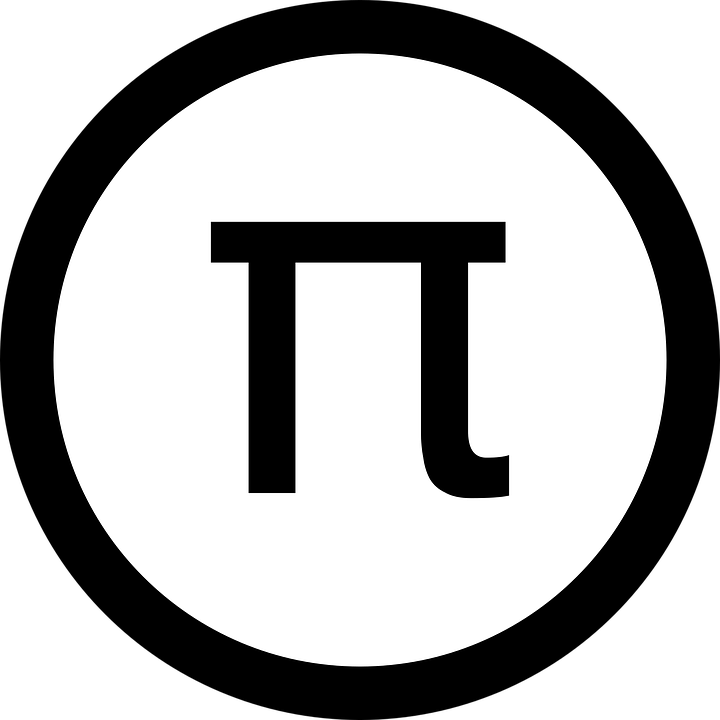Over the past two decades Cosmology has increasingly become a precision science. That the Universe is expanding was an astonishing discovery. Now we know its details to unprecedented precision. An expanding Universe also implied an extremely compact state in the past, and therefore very high temperature. The Particle Physics forces which can now be explored only in accelerator laboratories were in free play in the remote past. Thus the observation of the oldest remnants in the Universe amounts to looking at the results of a Particle Physics experiment under natural conditions.
 |
| https://pixabay.com/en/galaxies-interacting-universe-stars-597905/ |
In these notes we present a selection of topics, each section approximately amounting to one lecture. We begin with a brief recapitulation of General Relativity, and the Standard Model of Cosmology. The study of Cosmology requires General Relativity to be applied only under a highly symmetric situation and therefore it is possible to recast the essentials as Three Laws of Cosmology.
The study of very early Universe brings us squarely into the domain of Quantized Field Theory at given temperature. Intermediate metastable phases through which the Universe passed require an understanding of the effective potential of the field theory in a thermal equilibrium. This formalism is developed in some detail. The remainder of the notes discuss important signatures of the remote past.
These include :
(i) inflation,
(ii) density perturbations leading to galaxy formation,
(iii) study of hot and cold relics decoupled from the remaining constituents, some of which can be candidates for Dark Matter,
(iv) finally the baryon asymmetry of the Universe. As we shall see each of these has a strong bearing on Particle Physics and is being subjected to ever more precise observations.
General Theory of Relativity : A Recap
Special Theory of Relativity captures the kinematics of space-time observations. On the other hand, General Theory of Relativity is a dynamical theory, which extends the Newtonian law of gravity to make it consistent with Special Relativity. In this sense it is not a “generalization” of Relativity but rather, a theory of Gravity on par with Maxwell’s theory of Electromagnetism.
It is nevertheless a very special kind of theory because of the Principle of Equivalence. The equivalence of gravitational and inertial masses ensures that in a given gravitational field, all test particles would follow a trajectory decided only by their initial velocities, regardless of their mass. This makes it possible to think of the resulting trajectory as a property of the spacetime itself. This was the motivation for introducing methods of Differential Geometry, the mathematics of curved spaces for the description of Gravity. Due to this “grand unification” of space and time into a dynamically varying set we shall use the convention of writing the word spacetime without hyphenation as adopted in
ref. [8].
Throughout these notes we use the convention h = c = 1 and the sign convention \(ds^{2}=dt^{2}−\left | dx \right |^{2}\) for the spacetime interval in Special Relativity. The principle of General Covariance states that a given gravitational field is described by a metric tensor gμν a function of spacetime variables collectively written as \(x^{μ} ≡ x, t\). Gravity modifies the spacetime interval to the general quadratic form \(g_{μν}\,dx^{μ}dx^{ν}\), where the summation convention on same indices is assumed. The trajectories of test particles are simply the shortest possible paths in this spacetime, determined by the metric tensor through the geodesic equation \[\frac{d^{2}x^{\mu}}{d\tau ^{2}}+\Gamma _{v\rho }^{\mu }\frac{dx^{\nu}}{d\tau }\frac{dx^{\rho }}{d\tau }=0\]
where the Christoffel symbols \(\Gamma _{v\rho }^{\mu }\) are given by \[\Gamma _{v\rho }^{\mu }=\frac{1}{2}g^{\mu \lambda }\left ( \frac{\partial g_{\nu \lambda }}{\partial x^{\rho }}-\frac{\partial g_{\nu \rho }}{\partial x^{\lambda }} +\frac{\partial g_{\rho \lambda }}{\partial x^{\nu}}\right )\]
These symbols are not tensors but determine the covariant derivative much the same way that the electromagnetic potentials which are themselves not gauge invariant determine the minimal coupling of charged particles to electromagnetic fields.
The equations which determine the gravitational field, i.e., the tensor \(g_{\mu\nu}\) itself are the Einstein Equations, \[G_{\mu \nu }-\Lambda g_{\mu \nu }\equiv R\mu \nu -\frac{1}{2}g_{\mu \nu }R-\Lambda g_{\mu \nu }=8\pi GT_{\mu \nu}\]
where Tμν is the energy momentum tensor and the Ricci tensor Rμν and the scalar curvature R are the contracted forms of the fourth rank tensor the Riemann curvature, given by .... to be continued
Thank you for coming here to read and study physics in this blog. Feel free to like, subscribe and comment. Have a nice learning.



